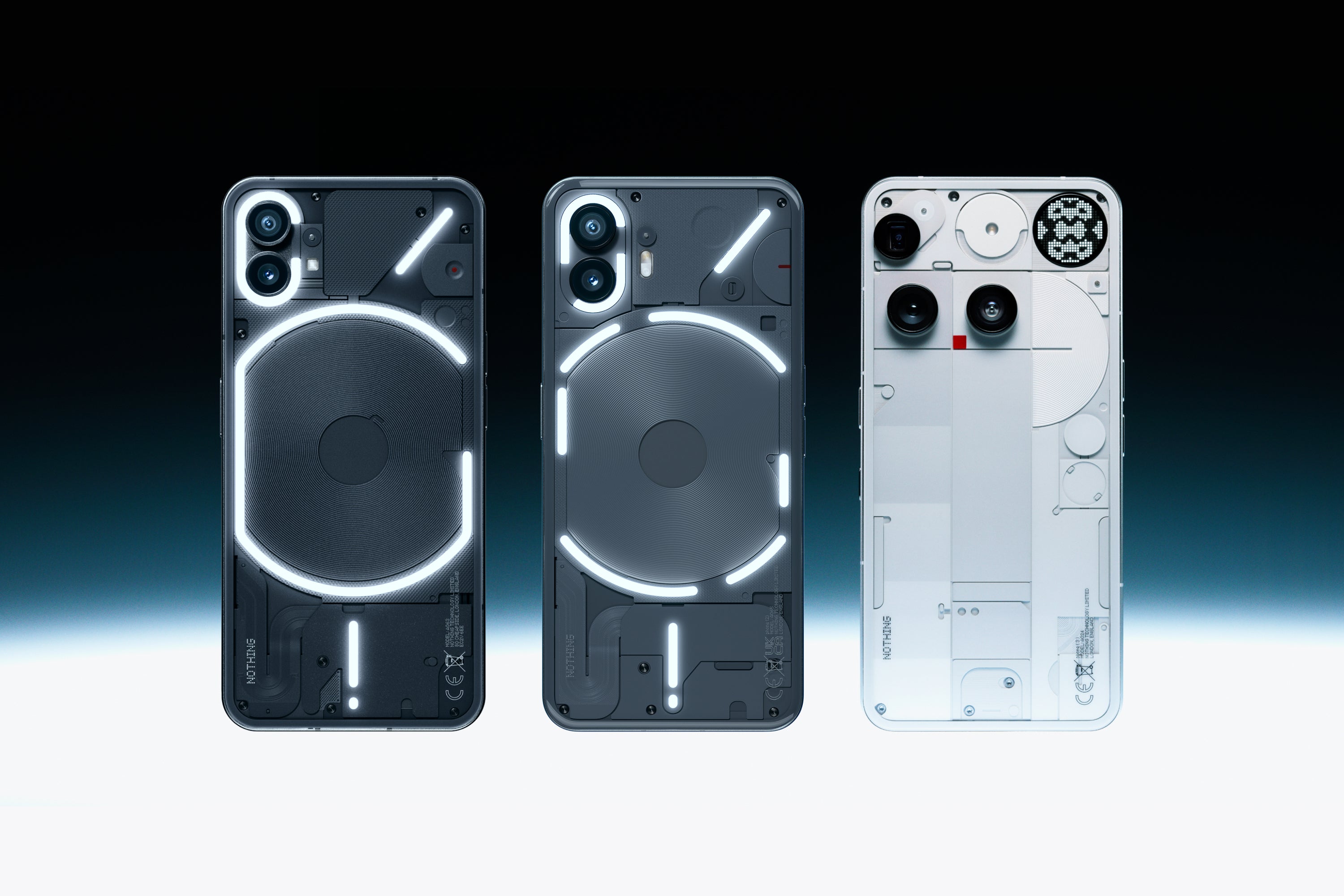Corsair has addressed a growing concern among PC builders regarding the slight play in the 12V-2×6 connector’s terminals. The manufacturer clarifies that this wiggle room is standard, falls within their specifications, is intended to improve cable seating, and reduces wear based on their data. It is important to clarify these subtle nuances, especially considering how reports of RTX 50-series GPU connectors melting continue to surface, even when users follow the guidelines.
While it might seem counterintuitive that loose terminals would benefit such high-power connectors, they accommodate minor misalignments and relieve stress. If the cable conforms to the specifications, the primary reason for the slight wiggle room is that the 12V terminals make complete contact with the male pins on the GPU.
To clarify the terminology, “pins” or “terminals” refer to the electrical contact points within the connector housing. The housing or outer shell remains in place, but the internal pins or terminals have been shown to move slightly if force is applied to the cable.

Assuming the terminals were completely rigid, repeated forceful insertions and removals to achieve perfect contact would induce unwanted wear, thus reducing the connector’s lifespan. Corsair verified this during its testing. For a more visual demonstration, we can refer to an X-ray shot shared by Jonny Guru, Corsair’s PSU expert and renowned hardware enthusiast. The evident slack in several connector pins to the left doesn’t translate to any negative impact in practice, as the X-ray scans on the right show all terminals making proper contact with the GPU.
Corsair uses three different vendors for the cables supplied with its PSUs. All of them meet their standard of 0.25mm to 0.55mm of play, including thicker individually sleeved cables. Some are rated at 0.25mm and 0.55mm, with the majority being 0.44mm.
If you find your terminals have too much wiggle room, it’s best to contact customer support. RTX 50 reference GPUs cannot detect if each 12V pin is making proper contact. Potential suspects here are internal breaks in the pins or a connector that’s not seated correctly. As these topics are closely related, many unsuspecting consumers might mistake the intentional play for a faulty cable or a potential fire hazard, hence Corsair’s clarification.






